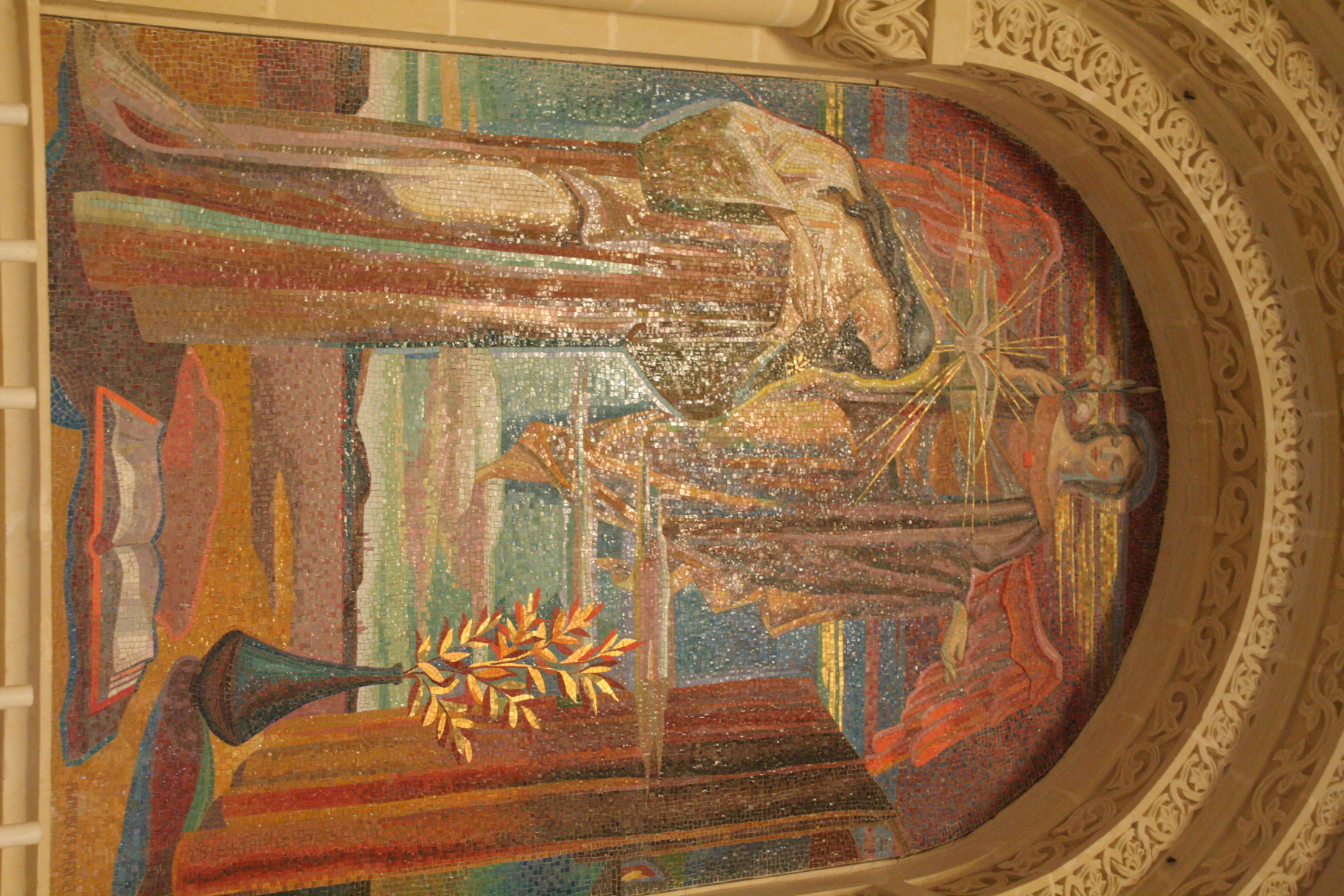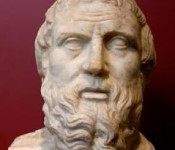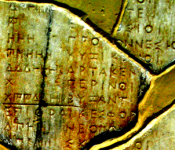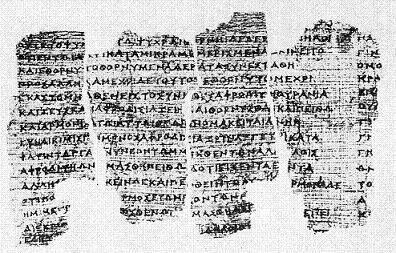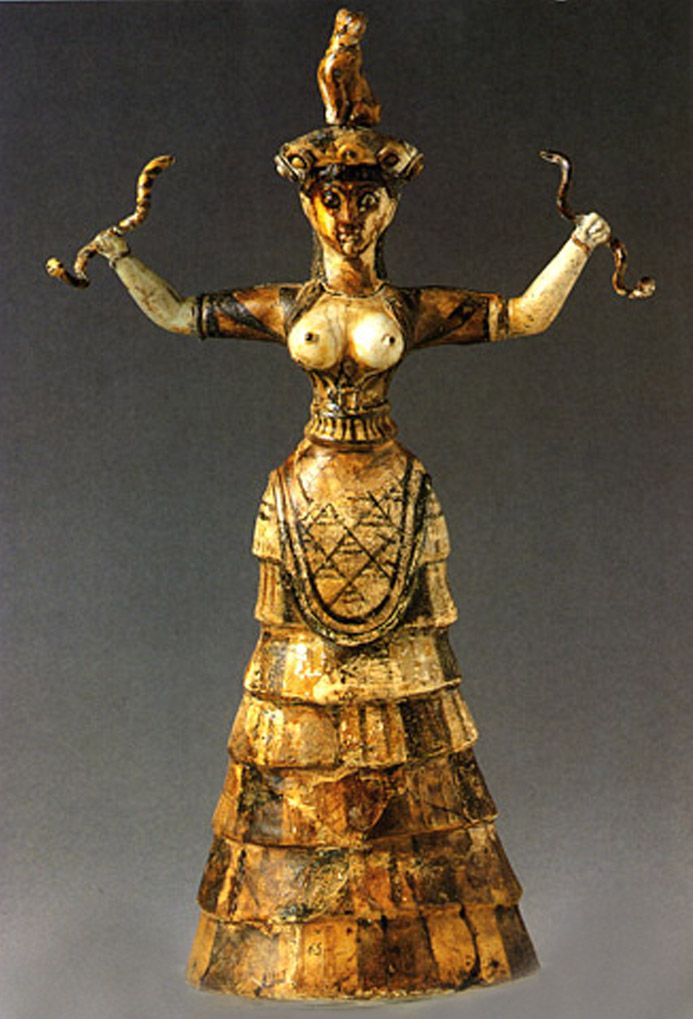Cathars, Bogumili, Templars of Mediterranean Europe and Balkans
Thursday 08 October 2020 at 3:14 pm
Cathars or καθαρός Ancient Greek “pure ones”
As Egyptian and Ancient Greeks, καθαρός recognised that an Omnipotent indescribable God manifests in male and female divine forces. The female aspect of God is Sophia, “wisdom”. As Pythagoreans, or the founders of Orphism, they believed in Metempsychosis (Reincarnation) – a soul is reborn until it renounces the world. Cosmic Duality with its Chinese Taoist Yin and Yang forces, that are in a constant opposition, is in the centre of their teachings. The purpose of life is re-union with god.
Ta' Pino Church Gozo Malta, Maria Christian Goddess Malta
Female Divinity and Cathars
The orthodox view that there is one God with three aspects – Father, Son, and Holy Ghost is with us from Ancient Egypt.
It is interesting that the Bogomils, the Cathars, the Templars were the same. Apparently, the καθαρός family names from the Inquisition documents are the same as the names of Templars that has its founder in the Priory of Sion. On the 13th October 1307, by the order of the King, all across France, all the Templars were executed.
Bogomil (Cyrillic: Богомил, also Bogumił in Polish, Bohumil in Czech and Slovak) is a Bulgarian given name composed of the Slavic words 'bog' (god) and 'mil' (dear) and means 'Dear to God'. The sound change of 'g' > 'h' occurred in Ukrainian, Belarusian, Czech and Slovak.
The name refers to: Bogomil (a priest), medieval Bulgarian monk, Saint Bogumilus who died in 1182, a founder of the Gnostic sect known as Bogomilism in the area of Balkans that hosts ancient cultures and civilizations as early as 6,500 BC. The Balkans gave the Greeks, the Orphean and Dionysian cults.
Some of the καθαρός poetry and symbols insinuate that the feminine principle of divine, Sophia, goddess, Knowledge, or Writing, has been abducted by the Catholic Church and is in a need of rescue.
Arhandjeo Gavirlo 14th century Hilandar Museum Christian Orthodox Icon
Read more
Ba of Sha or Soul of Isis
Saturday 29 August 2020 at 6:46 pm
Goddess Bastet (in Slavic BeŠTija) and the Egyptian Sacred City of Cats
The Temple of Bastet was built in 2950 BC at Sakkara, Alexandria, at Bubastis.
A goddess that had a cat as a symbol, represented by the sounds “Ba” and “Sha” was worshiped for thousands of years in ancient Egypt. The Ancient Egyptian: bꜣstjt, in Slavic BeŠTija, in Coptic: Ⲟⲩⲃⲁⲥⲧⲉ/ubastə/ was an angry Goddess.
The three papyri of the 200 BC tell us of a story of the daughter of Ra, living as a mighty lioness at south of Egypt in the glowing desert heat. She is a beast, not a benevolent Goddess, an angry lioness. To please her, the worshipers use the form of a baboon (unpolite and rude humans) and music, dance and alcohol.
A bronze statue the cat wears golden earrings and nose-ring and a silver wedjat (Eye of Horus). Around 600 BC from Saqqara, Egypt in The British Museum, London.
In the 18th century, the French scholars who accompanied Napoleon on his 1798 expedition to Egypt, located the temple in Cairo, known as Tell Basta with its city Bastet.
In 1906 while building a railroad, workmen hit on a treasure buried near the remains of the temple. The treasures of great value had a golden cup sculpted to resemble lotus petals bearing the name of the 1200 BC queen Tawosret (Ta-X-os-ReT) who was the queen of Egypt during the Trojan War. Scholars believe that the queen Alcandra (aleXandra) mentioned in Homer’s Odyssey was Tawosret.
Did you know that Ancient Egyptians used to have “tatoos” of symbols of Gods tatooed on their bodies?
Bꜣstjt or BeŠTiJa was within Greece worshipped as Artemis, Ba of Sha means a Soul of ISiS (Sha) with the addition of the second 'T' to denote the feminine.
Read more
or Researching Ancient History while Playing the Glass Bead Game with Pythagoras
Sunday 12 July 2020 at 8:12 pm
Ancient Greek Herodotus Ἡρόδοτος 484 BC – 425 BC, the Father of History
A Barberian about Slavs and Ancient Europe, Balkan
In 1943, the Nobel wining novelist Herman Hesse published his novel The Glass Bead Game, Das Glasperlenspiel, set in a monastic society that develops minds by studying and playing the glass bead game. One would master philosophy and literature, and then focus on mathematics and music to be able to play the Game. Both mathematics and music are with us since the time of Pythagoras. History is like playing the Hesse's glass bead game with Pythagoras...
Mathematics is described as the science of pattern and music as the art of pattern, both using meditation within the process of contemplation developing own language of symbols.
The Ancient Greek Herodotus Ἡρόδοτος 484 BC – 425 BC (H-R-DATOS) as his name suggests was a King's historian, the one who collects data for the King or the Priest. It is hard to believe that a family would have given such a name to a child. (“Statistcians” you shall be, so we shall name you H-R-DaToS).
Fragment from the Herodotus Histories Papyrus 200 AC
Aristotle refers to a version of The Histories written by "Herodotus of Thurium," and some passages in the Histories have been interpreted as proof that he wrote about southern Italy from his personal experience there. Of course, researching life and work of a person who has lived 2,500 years ago, everything about him or his work, but his writings, is a guess work used often in history to manipulate our minds to like or dislike a Ruler or a Nation, or a Political Party.
Read more
Metamorphoses
Wednesday 20 May 2020 at 12:38 pm
Derveni Papyrus about Orphism and Ancient Greek gods
Metamorphoses. Transformation. A journey of a soul passing through Gaia, but also an epic poem in fifteen books written 2,000 years ago, by the Roman poet Ovid, completed in 8 AC inspired by the Ancient Greek Theogony Θεογονία “Birth of the Gods” attributed to Hesiod 700 BC, and the Derveni 500 BC.
The Oldest Greek Papyrus 500 BC Derveni Papyrus
The poet's writings are based on already fully established Ancient Greek manuscript tradition. Re-writing myths, the creation story, Ovid begins by describing how the elements emerge out of chaos, and how mankind degenerates from the Gold Age to the Silver Age to the Age of Iron. This is followed by an attempt by the giants (Titans) to seize the heavens, at which the God Jove sends a great flood which destroys all living things except one couple, Deucalion and Pyrrha.
The Metamorphoses, as a collection of myths is influenced by an earlier Greek work called the Theogony Θεογονία “Birth of the Gods” attributed to Hesiod 700 BC. It is a long narrative poem compiling Ancient Greek myths. Hesiod describes how the gods were created, their struggles with each other, and the nature of their divine rule. In the Theogony, the origin (arche / aRČe) is Chaos, a primordial condition, a gaping void (abyss), with the beginnings and the ends of the earth, sky, sea, gods, mankind. Symbolically associated with water, it is the source, origin, or root of things that exist. Then came Gaia (Earth), Tartarus (the cave like space under the earth), and Eros, who becomes the creator of the world.
Read more
Learning from Rudolf Steiner about Easter and Ancient Greek Moon Goddess
Monday 27 April 2020 at 10:07 am
Ancient Greek Myth and Artemis as the twin sister of Apollo
In Greek myth, Artemis is the twin sister of Apollo (Sun), a virgin huntress, the Greek goddess of the Moon, named Diana in Rome. On the coins she rests either arm on a staff formed of entwined serpents.
Alexander the Great and Arisotle with Artemis
At Ephesus, Turkey, we find remains of an Artemis (Ἄρτεμις ) Temple destroyed the very same day when Alexander the Great was born. When asked why wasn't she able to protect her own home, the temple in Ephesus, that was burnt by madmen in 356 BC, she said that she was in Pella, the capital of Macedonia (near Thessaloniki), assisting at Olympius and Philip son's birth. The Temple was so impressive that it was together with Egyptian pyramids listed as one of the 7 wonders of the world.
Minoan Snake Goddess Figurine 1600 BC Knossos, Crete
An inscription dating 300 BC, associates Ephesian Artemis with Crete: "To the Healer of diseases, to Apollo, Giver of Light to mortals, Eutyches has set up in votive offering [a statue of] the Cretan Lady of Ephesus, the Light-Bearer."
Rudolf Steiner in his Ephesian Mysteries Lecture meditates that the "two Initiates of the Ephesian Mysteries were reincarnated in Aristotle and in Alexander. And these Individualities then came near what was still to be felt of these things in their time in the Mysteries of Samothrace."
Read more
